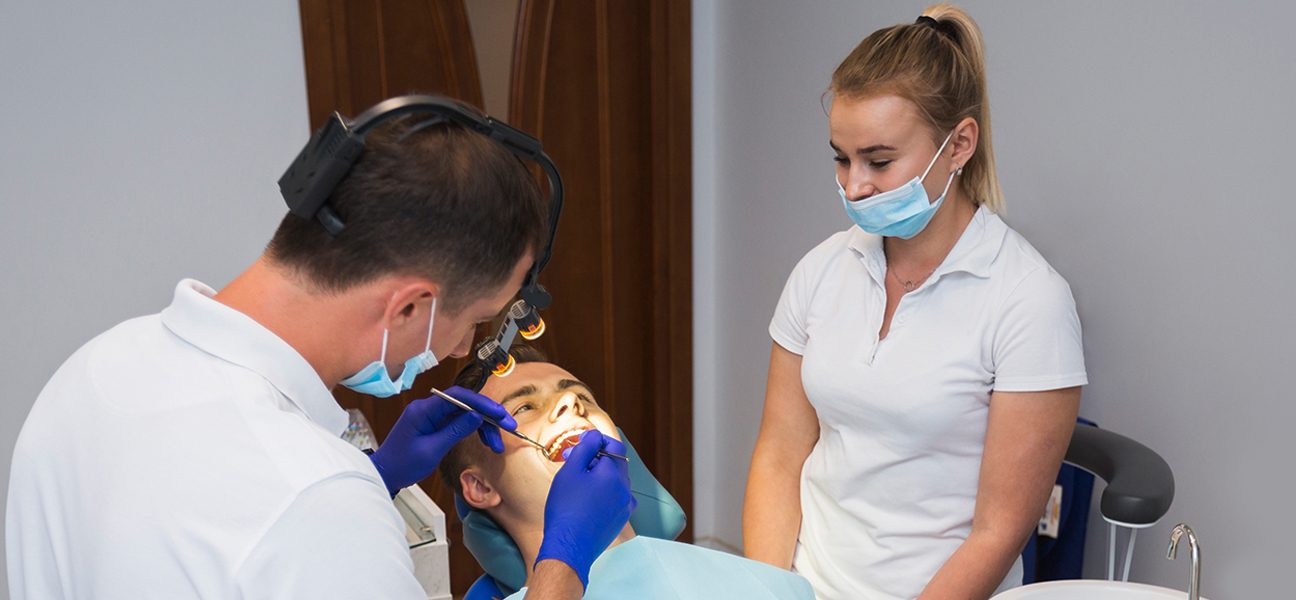Am I a Good Candidate for Dental Implants? Find Out Here
Millions of Americans replace missing teeth each year, yet no two smiles share the exact same medical history or bone structure. That is why candidacy for implant therapy must be evaluated in person rather than decided by an online quiz. After your first consultation, you will understand how Dental Implants in Wyoming can restore chewing strength while protecting the jawbone from future shrinkage.
What Are Dental Implants?
A dental implant is a narrow titanium fixture inserted into the jawbone to stand in for a missing root. In the months after placement, the surrounding bone knits to the metal—a biological bonding process called osseointegration—forming a solid foundation for a crown, bridge, or denture. Replacing the root as well as the visible tooth preserves bone volume and prevents the collapse often seen with traditional dentures or fixed bridges.
General Requirements for Implant Candidacy
Successful treatment begins with a thorough medical and dental review. Your provider checks for gum disease, evaluates bite alignment, and screens systemic conditions that might slow healing. Most healthy adults qualify, but certain risk factors—uncontrolled diabetes, heavy smoking, or recent radiation therapy—can prolong recovery or reduce success rates. During this discussion, you will also learn about timelines and costs, topics many people research first by typing dentist near me into a search bar.
Adequate Jawbone Density
Implants rely on solid bone for anchorage; a thin ridge cannot provide enough surface area for stable fusion. Cone-beam CT imaging measures height and width in three dimensions. If the volume is insufficient, grafting material can often rebuild the ridge in a single outpatient visit, though it adds healing time. Patients who plan ahead enjoy wider treatment options because bone grafts integrate more predictably before significant shrinkage occurs.
Non-Smoker or Willing to Quit
Nicotine narrows blood vessels, limiting oxygen and nutrient delivery to healing tissues. Studies show higher implant failure rates among smokers, particularly when nicotine use continues through the first six months after surgery. Temporary cessation dramatically improves outcomes; many offices connect candidates with quitting resources during the planning phase. Your commitment to this change signals you understand the partnership required for long-term success.
No Uncontrolled Chronic Conditions
Stable blood sugar, managed blood pressure, and healthy immune function all contribute to smooth integration. A thorough consultation with a dentist in Gillette WY, includes coordinating with your primary physician when medication adjustments could make surgery safer. Sharing accurate medical records avoids surprises on the day of placement and ensures your body is in the best possible state to heal.
Commitment to Good Oral Hygiene
Even the strongest implant can fail if plaque-induced inflammation attacks surrounding tissue. Brushing twice daily, flossing with either threaders or interdental brushes, and using antimicrobial rinses when recommended to keep peri-implantitis at bay. Your hygienist will teach techniques tailored to fixed crowns, bridges, or locator-retained dentures so cleaning fits easily into your routine. Follow-up every six months—sometimes every three for complex cases—allows early detection of minor issues before they threaten the fixture.
Age Considerations
There is no upper age cut-off; plenty of seniors enjoy full function after implant therapy. The lower limit is set by bone maturity, typically reached in late adolescence. Young adults still growing may need to postpone placement to avoid complications from jaw development. Digital records let the clinical team compare annual scans, ensuring the timing is just right for lifelong stability. People who relocate frequently appreciate seeing a dentist in 82716 who uses compatible digital platforms, so records transfer seamlessly if additional work is required elsewhere.
After the Evaluation: Mapping Your Treatment
Once bone health, medical status, and hygiene readiness align, digital impressions and CT data feed into planning software. Virtual surgery determines exact angulation, depth, and implant diameter before anyone picks up a handpiece. A printed guide then directs each drill sequence with millimeter accuracy on the day of placement, reducing chair time and accelerating healing.
Some patients leave the surgery with a temporary crown already attached, while others wait three to four months for osseointegration before the final restoration. Your timeline depends on bone density, bite forces, and the number of implants placed. Clear communication throughout keeps expectations realistic and makes every milestone—stitch removal, impression appointment, final seating—feel like progress instead of guesswork.
Final Thought
Ideal implant candidates enjoy good systemic health, adequate jawbone, and the willingness to maintain excellent oral hygiene both before and after surgery. Age alone rarely disqualifies someone, and modern grafting techniques solve many bone-volume challenges. When you’re ready to restore missing teeth with a replacement that feels and functions like the real thing, arrange a personalized consultation with the caring team at Mountain West Dental. Their team will review medical history, measure bone density, and craft a step-by-step plan that moves you confidently toward a stronger, more comfortable smile.
